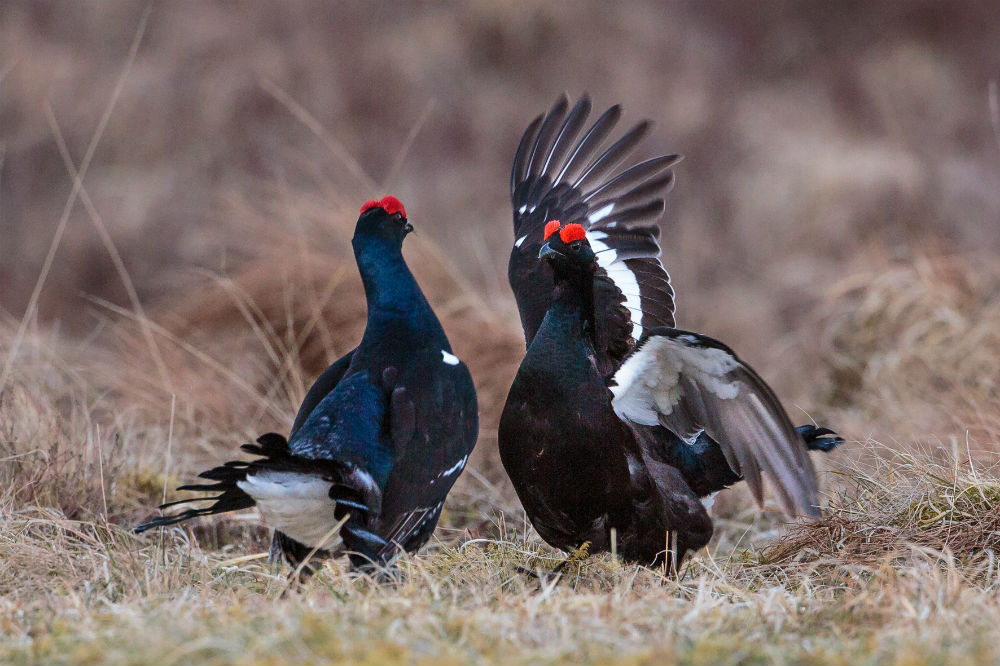Scottish Natural Hertiage (SNH) have announced a year of record breaking tourism and wildlife displays in a look back at 2019.
The year saw the first-ever black grouse displaying at Beinn Eighe; a flowering of aspen trees at Muir of Dinnet for the first time in almost 25 years; a fifth record-breaking year for visitors to the Isle of May; and 300,000 walkers, cyclists and runners flocking to Loch Leven.
Black grouse are an endangered species, so their first-time appearance at Beinn Eighe – Scotland’s oldest national nature reserve – this spring was a significant sign of how the species is faring in the area.
The year got off to a remarkable start at Muir of Dinnet in early March with the flowering of aspen trees –the first time since 1996 for a large-scale aspen flowering in Scotland.

Aspen rarely flower because of their tendency to reproduce asexually sending up shoots from their own roots, and creating ‘clone trees’.
Another highlight was an impressive 14,000 visitors braving the boat trip across to the Isle of May this year, making 2019 the fifth year in a row that visitor numbers have increased.
Loch Leven also saw a whopping 300,000 walkers, cyclists, runners and birdwatchers visit the nature reserve.
The loch is one of the most important sites for waterfowl in Britain, with not only the largest concentration of breeding ducks anywhere in the UK, but many thousands of migratory ducks, geese and swans also making it their home every autumn and winter.
At Forvie, the UK’s oldest ever arctic tern was found: first ringed as a chick at Buddon Ness in Angus, the tern was discovered at the SNH nature reserve in Aberdeenshire and found to be 32 years old, almost to the day. An average tern lives for only about 13 years.
Forvie also celebrated the grand achievement of 60 years as a national nature reserve this year.
There was also good news from the stunning Isle of Noss, where 13,765 pairs of gannets were counted in 2019, a 17 percent increase since the last count in 2014.
Stuart MacQuarrie, SNH’s Head of Nature Reserves, said: “Scotland’s national nature reserves are special places for wildlife.
“But they are also wonderful spots to visit, enjoy a spectacular view and catch sight of an elusive otter or amazing eagle.
“Making sure our nature is thriving is also part of the solution to the climate emergency. Our nature reserves are key to ensure we have a nature-rich future in Scotland.”
